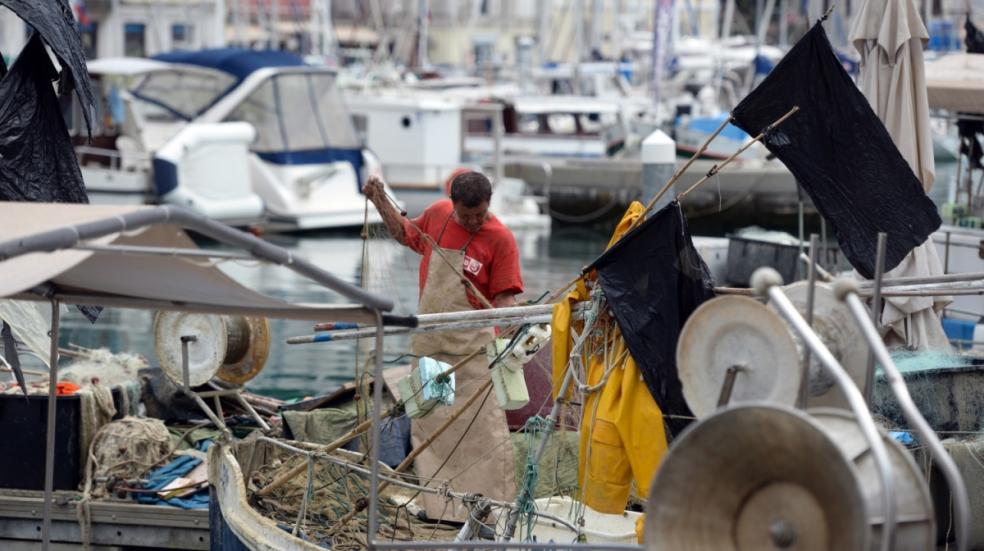
According to historical research conducted by the author Bruno Volpi Lisjak, Slovenian fishermen in the Gulf of Trieste once hunted tuna using harpoons. Over the centuries, however, they switched to special nets with floats at the top and lead weights at the bottom.
In cliffs along the coast, the villagers established special lookouts known as karune. In areas where the cliffs were not high enough, special wooden towers were built to provide a better view. When a school of tuna was spotted in the gulf, lookouts atop high cliffs – usually experienced fishermen with good eyesight -- would alert the local fishermen, often shouting the direction in which the fish were moving. The fishermen spread the nets around the fish and brought them to the shore.
Lisjak describes the tonera, the boat used by the Slovenian fishermen, as being twelve meters in length and very narrow; it could therefore hold just six people. Its distinctive elongated shape prevented the boats from getting tangled with the nets.
Because the local tuna was caught without the use of harpoons, it was known far and wide for its superior taste. It was typically prepared using olive oil from the local hills.
For years, residents of the Slovenian villages had exclusive right to tuna fishing in this part of the Adriatic Sea. At one time, more than 500 fishermen made a living from their catch.
In the 20th century, however, the villages north of Trieste became a part of Italy, and the Slovenians there eventually lost their exclusive fishing rights. Years of overfishing elsewhere in the Adriatic Sea also drastically reduced the number of tuna fish in the area. But thanks in part of the research carried out by Lisjak, more and more Slovenians are beginning to rediscover their maritime heritage. Recently, the contributions of the Gulf of Trieste’s tuna fishermen were even honored in the form of a postage stamp – another reminder that the destiny and the character of the Slovenian people have always been shaped by the sea.

































































